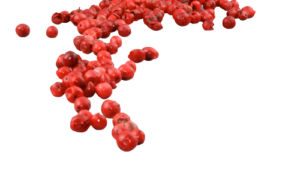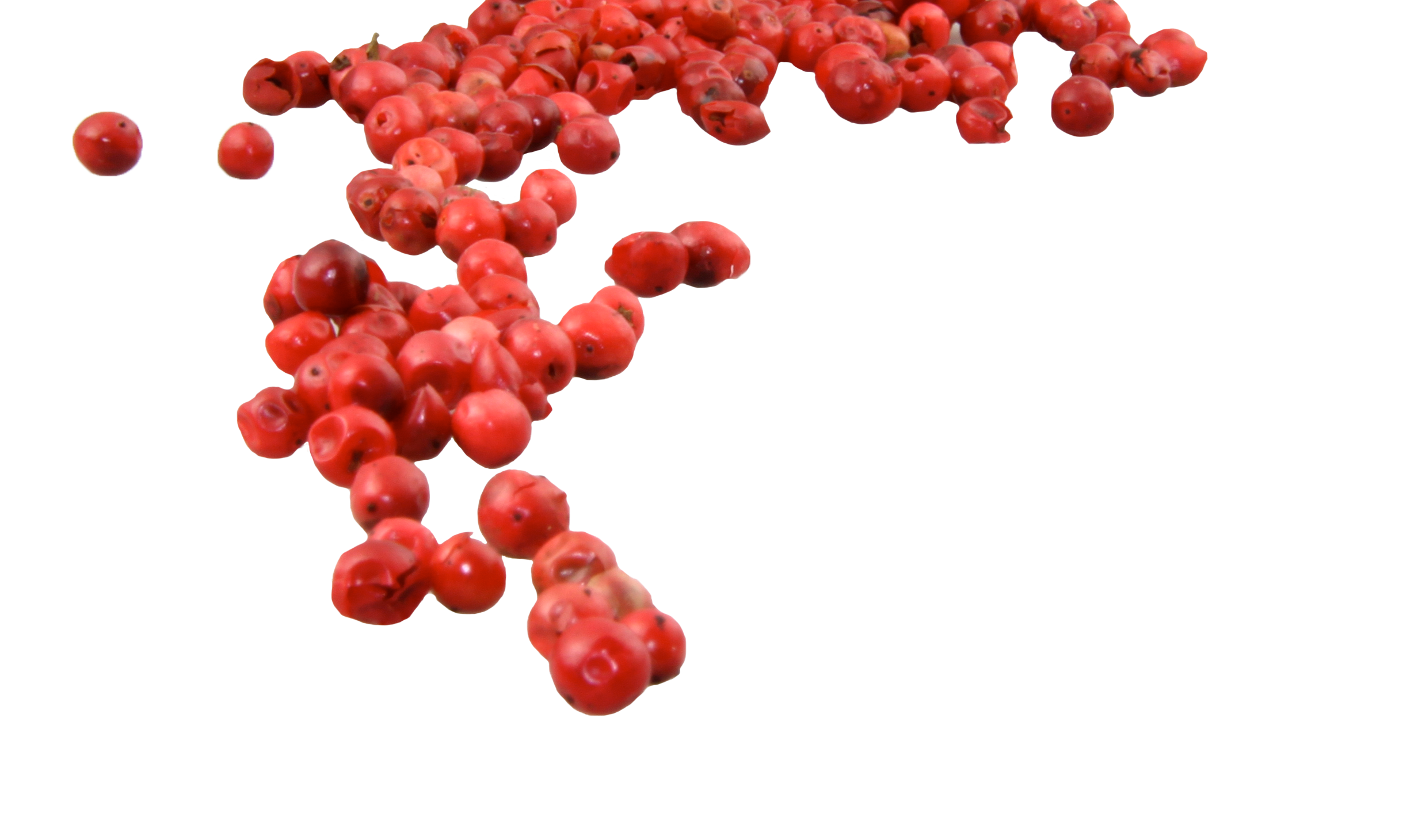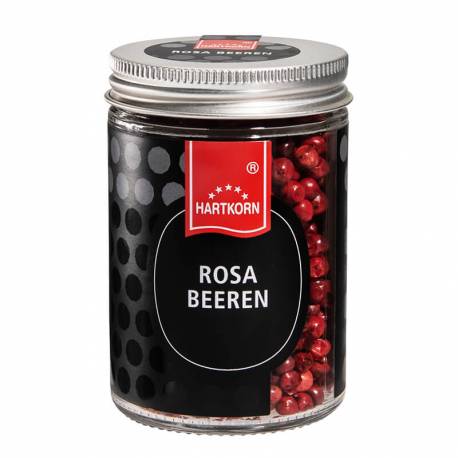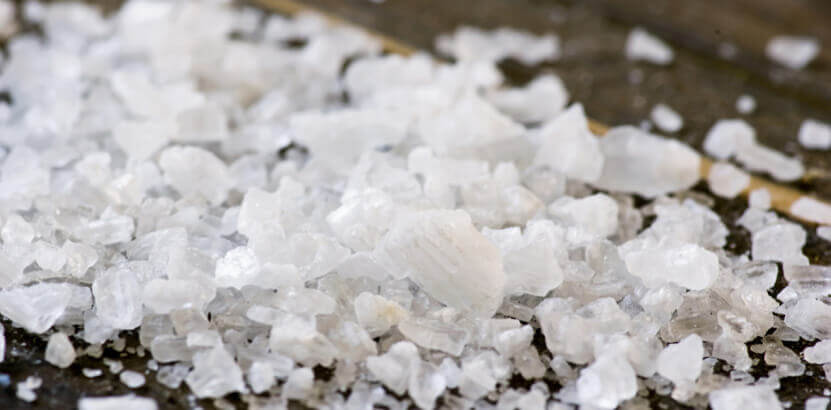synonyms: botanical family: origin: Classification: spice shape: taste: odour: use: The floral to turpentine-like smell of pink berries, combined with its rather sweetish but rather peppery aftertaste, is used to season steaks, roasts, poultry, game dishes, sauces, dressings and fish dishes. Its decorative qualities in particular make it so popular. At the same time, its pungent taste stimulates the appetite and aids digestion. tip: Recipe suggestion: knowledge: botany: home & spread: cultivation & extraction: History: pink peppercorns
General information
Use
Things to know
 Botanical name:
Botanical name:
Schinus terebinthifolius Raddi.
Brazilian pepper
Sumachs
Brazil, Réunion, Mediterranean area, USA
Spice
fruit
sweet, turpentine, peppery aftertaste
flowery to turpentine
Used mainly for its decorative effect for seasoning steaks, roasts, poultry, game dishes, sauces and dressings
Pink berries are a great contrast for chocolate desserts (e.g. garnish brownie with coarsely crushed pink berries)
Brownie: Melt 55 g bitter chocolate and 75 g butter slowly. Beat 2 eggs, 100 g sugar and 1/2 tsp. ground vanilla until creamy. Then mix 55 g flour, 55 g nuts (variety as desired) and 1 teaspoon coarsely crushed pink berries. Carefully mix the chocolate butter with the egg mixture and slowly fold in the dry ingredients (flour mixture). Pour the dough about 2 cm high into a well greased box form and bake in the oven at 175 °. After about 25 minutes the cake is ready. After cooling, garnish with some coarsely crushed pink berries.
Adulteration: The fruits are used as a common adulteration in colourful pepper mixtures
The shrub or tree grows up to 12 m high. The leaves grow up to 40 cm long and are pinnate in pairs, with 7 to 13, but usually 9, elongated, finely toothed or serrated, glabrous, up to 8 cm long and 1 to 2 cm wide pinnate leaves. The small flowers grow up to 15 cm long with rich flowering panicles and 5 ivory-coloured to greenish-white petals. The spherical drupes are shiny red in colour and up to 5 mm in diameter.
The home of the pink berry is in Central and South America, but especially in Brazil and Paraguay. Today, the main growing areas are in Réunion, the Mediterranean, the USA, Africa and South Asia.
As with real pepper (Piper nigrum L.), propagation is by seeds or cuttings. The ripe fruits are harvested and then air-dried or placed in saline solution.
Pink berries were sold as pepper adulteration in post-war Germany. This results from its frequently used name "Pink Pepper", although the grains do not come from real pepper. The correct designation is "pink berries", which are harvested today on the island of Réunion. Their taste is also not similar to real pepper.
http://de.wikipedia.org/wiki/Brasilianischer_Pfefferbaum








